At Robson’s Old West Honey in Aguila, AZ, the addition of “spun” honey to the product mix, combined with an anticipated spike in volume after a food broker was hired to broaden distribution, led the firm to replace a manual operation with all new automated packaging equipment.
They didn’t stop at equipment, either. Management also elected to switch out of stock containers—some glass, some polyethylene terephthalate and some polypropylene—in favor of custom-designed bottles of PP that have a signature honeycomb pattern molded into the shoulder (see sidebar, p. 30).
Central to the new filling line is an eight-head volumetric rotary filler. Its motor has sufficient power to handle not only the regular honey but also the spun honey. Biner Ellison (Los Angeles, CA) built the filler, giving it a 5-HP motor from Baldor (Fort Smith, AR).
“Spun honey is nearly as viscous as peanut butter,” says owner Charles Robson. “We didn’t want to have two separate fillers for the two products, so we had this one designed with a motor big enough to do both.” The filler usually runs at about 60 to 70 24-oz bottles/min.
On the day Packaging World visited Robson’s, 48-oz PET containers were being filled on the new line as the firm awaited delivery of its new custom containers. The equipment handles the new PP containers just as it did the PET containers being filled during PW’s visit.
Bulk shippers
Containers arrive in bulk shippers and are placed manually on a rotary infeed table that feeds a single-lane conveyor leading to the filler. A starwheel then guides each container onto a filling platform. Filling nozzles come down and begin filling from the bottom. Filling temperature is about 95°F, which permits the honey to flow smoothly.
Exiting the rotary filler, containers are conveyed single-file to a Biner-Ellison in-line capper. Caps are elevated from a floor-level hopper to an overhead track that takes them down to the capper head. Containers pass beneath this track and pick up a cap. Next, the containers are conveyed through four pairs of torquing disks that torque down the caps.
From the capper, bottles make a right-hand turn and are conveyed into a pressure-sensitive labeling system. Its bottle-transport gear was supplied by Biner-Ellison. Essentially, it’s a matter of feeding containers through a feedscrew and then a starwheel that guides each container onto its own platform. Each platform has a slight indentation tooled into it so that the bottle quickly settles into a precisely predictable position relative to the labeling heads.
Both p-s labeling heads are from CTM Integration (Salem, OH). For its own brands, Robson’s uses a single label that nearly wraps around the entire container. But the presence of the other labeling head lets Robson’s accommodate contract packaging customers who may prefer a front and a back label.
Own brand
“About 70% of our output is our own brand, and the rest is contract packaged for customers,” says Robson. “For those who want front-and-back labeling, we can provide it.”
Labels applied to Robson’s products are supplied by Superior Label (Mason, OH). Printed flexo in four colors, the paper substrate is topped by an adhesive-laminated layer of clear PP that protects ink and paper and adds gloss.
Mounted near the discharge of the labeler is a Videojet ink-jet coder from Marconi Data Systems (Wood Dale, IL). It imprints date and production code information on container shoulders.
Another right-angle turn brings bottles through an induction sealer from Pillar (Hartland, WI). All that remains is a retorquer from Kingsley (Plumsteadville, PA), and then case packing by hand. Cases are sent through a top-and-bottom case taper from BestPack (Rancho Cucamonga, CA).
Running one shift a day now for about a year, the line has been a welcome addition, says plant manager David Conklin. “It runs beautifully. Any problems we had at the outset were simply part of the learning curve.”
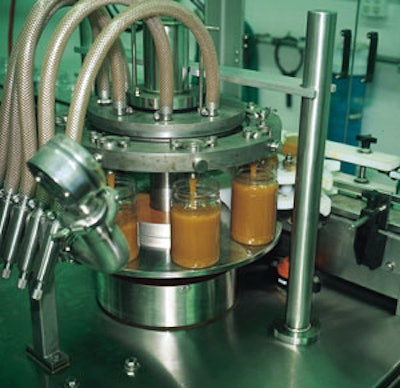









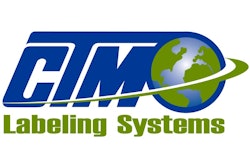
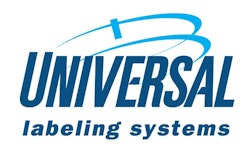






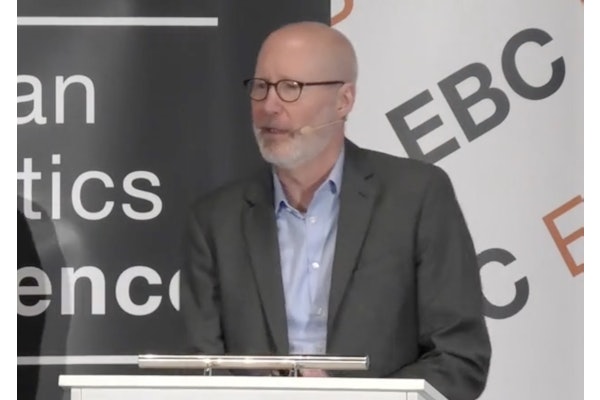
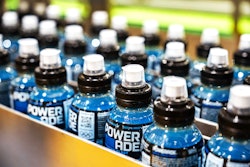
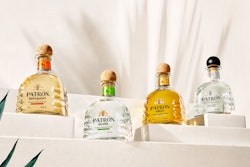
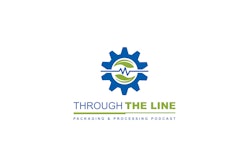



![Xl Touch Scoreboard Screen High Res[39]](https://img.packworld.com/mindful/pmmi/workspaces/default/uploads/2025/12/xl-touch-scoreboard-screen-highres39.JHTycZQYnN.png?auto=format%2Ccompress&fit=crop&h=227&q=70&w=340)







